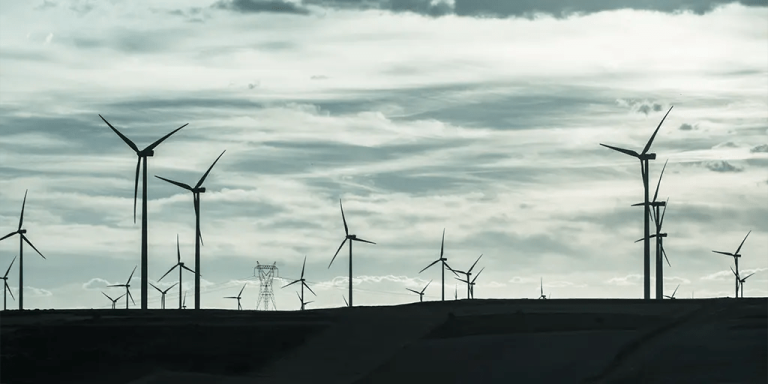Vijay Jayaraj
When it comes to global energy policy, few narratives are as illuminating and cautionary as Europe's.
Why?
Their ill-fated experiments with wind and solar power.
The continent's self-inflicted disaster contains lessons that those developing U.S. energy strategy for the incoming administration should keep in mind.
Europe's misplaced trust in wind and solar
The acceptance of weather-dependent power generation in Europe, especially in Germany and the UK, was a serious miscalculation.
These countries have embarked on an ambitious energy transition based on the premise that wind and solar energy can replace traditional fossil fuels. As many predicted, the result was a disaster.
Germany, often hailed as the champion of “renewable” energy, should be crowned the king of incompetence.
China's massive investment in wind and solar power has not only failed to deliver on its promise to reduce carbon dioxide emissions – the bane of climate alarmists – but has also destabilized its once-robust industrial economy.
Germany's manufacturing sector – historically Europe's economic powerhouse – has been crippled, with energy costs making many industrial processes economically unviable.
“The German wholesale electricity market is approaching $1,000 per megawatt hour, its highest level in 18 years,” Robert Bryce said in a price report for the second week of December.
The fundamental problem is the inherent unpredictability of renewable energy.
Wind power shows severe vulnerability during critical periods.
Winter brings a perfect storm of challenges: reduced wind generation coincides with peak energy demand, destabilizing the grid and increasing the risk of blackouts.
Furthermore, so-called renewable energy sources are unreliable and Despite claims to the contrary, it is expensive.
The Myth of Levelized Cost of Energy
Policymakers and renewable energy advocates have long relied on the levelized cost of energy (LCOE) as the primary metric for comparing energy sources.
However, this misleading structure only benefits the vendors.
LCOE fails to account for the substantial infrastructure investments, backup generation needs, and grid stabilization costs associated with intermittent power sources.
These make the true cost of wind and solar energy much higher than advertised prices and cause economic damage to businesses and households.
Thomas Shepstone, a US energy market observer, said: “Europe's grid is a fragmented grid, deliberately created by politicians who want to be seen as emerald.”
“They brought with them what can only be described as a green goo that threatened to engulf and suffocate them all.
“Electricity prices are out of control, blackouts are coming, but theorists want to apply more pressure.”
America must avoid European disaster
Europe’s experiment offers a clear warning: ideological aspirations – especially a “green” transition rooted in fanaticism about the so-called climate crisis – must not replace technological and economic realities.
The United States has an opportunity to chart a more responsible, pragmatic course—one that balances economic necessity and energy security with innovative technologies:
- Abundant natural gas produced through fracking not only lowers electricity prices but also provides a competitive advantage to energy-intensive industries such as chemicals, steel and manufacturing.
- Much-maligned coal should be allowed to make a comeback using existing technology – like those used in Japan and elsewhere – to reduce emissions to harmless levels.
- Nuclear power appears to be on the rise.
Policy recommendations
To avoid repeating the mistakes of Europe, what the United States should do is:
- Prioritize reliability and affordability when promoting energy.
- Encourage investments in grid resilience and away from wind and solar, especially in areas with harsh winters.
- Use realistic metrics to evaluate energy costs.
- Make industrial competitiveness the primary consideration in formulating energy policies.
The election of Donald J. Trump as the 47th Commander-in-Chief of the United States has greatly enhanced the possibility of the United States pursuing this approach. Although this matter is too important to take for granted.
This review was first published on Biggest news January 7, 2025.
Vijay Jayaraj is a scientific research assistant carbon monoxide2 allianceArlington, Virginia. he He holds a master's degree in environmental science from the University of East Anglia, UK, a postgraduate degree in energy management from Robert Gordon University, and a bachelor's degree in engineering from Anna University, India.
Relevant
Learn more from Watts Up With That?
Subscribe to have the latest posts delivered to your email.
